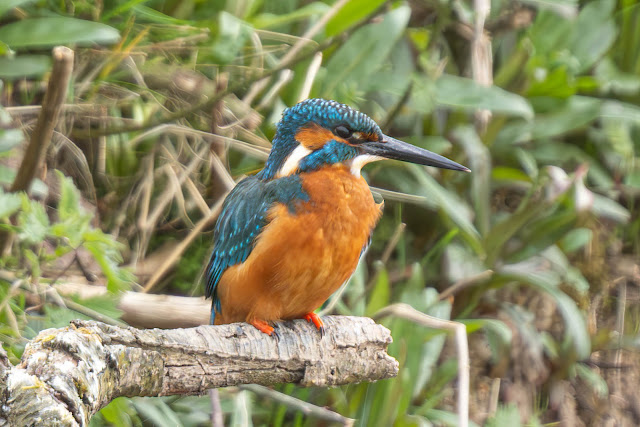 |
| Lesser Scaup |
Blackcaps and Chiff Chaffs are singing almost continuously around the paddocks and in a couple of weeks a scratchy song from the bushes will announce that the Common Whitethroats are back.
Being a total spreadsheet nerd, I have a workbook which analyses my bird records in everyway you can possibly imagine and a few that you can’t! Over the past ten years I have analysed the additions to my Uk list by month. Not surprisingly October ( average of 3.3 additions/year) and May (2.9) are the most exciting months for rare birds. More surprisingly is that April (0.7) ranks 11th out of 12 beating only February (0.6). so, without wishing my life away, I’m looking forwards to May!
With another sunny day forecast on Thursday I thought it would be a good idea to waste my day chasing a rare duck around a pond.
The said duck was an American Lesser Scaup, which I have seen in the Uk several times before. It was located on one of the many disused gravel pits that make up the Cotswold Water Park complex some forty miles from home.
The Lesser Scaup is a small North American diving duck that migrates south as far as central America for the winter. The adult males in summer breeding plumage have a black, iridescent head and a small tuft at the hind crown, a black breast, a whitish-grey back, wings with attractive darker vermiculations and black outer and greyish-brown inner primary remiges . The underparts are white with some olive vermiculations on the flanks, and the rectrices and tail coverts are black. It rates as a one star rarity in the Colins bird bible equating to ten or so records per year.
I arrived at the small car park at Whelford Lakes, parked and joined the only other two cars present. Early migrants were again in song all around the car park. A short walk took me to a hide overlooking the lake but the sun was shining brightly right in my face and I could only make out the silhouettes of the wild fowl. I moved around the lake to screen where the light was a little more favourable and scoped the Tuffty flock. After a short while I picked out the Lesser Scaup which was spending a good proportion of its time underwater feeding. It slowly swam to the opposite bank where a bench was positioned at an inviting clearing in the reeds. So I made my way around there but the Scaup had swam to my left and was behind the reeds. I waited and waited assuming by the law of probabilities that it would come out and swim in front of me. I could tell where it was as someone on the opposite bank was clearly watching it through bins and attempting to photograph it. After 90 minutes of endlessly scanning through the Tuffties I gave up and walked around to the opposite side of the lake. I scanned the lake again and found it slap bang in the middle fast asleep – I’d clearly missed it coming out of the reeds. After another seemingly endless wait it did wake up and swam a little closer allowing at least a few half decent photos.
At this point I’d been chasing shadows for five hours and decided enough of this wild duck chase was enough and drove over to Slimbridge for a couple of hours laid back birdwatching.
One of the Spoonbills was showing well on the Tack piece and looked to have come into pristine adult plumage. The other highlight of the visit was watching the Kingfisher pair at their nesting bank from the Kingfisher hide. Is it possible to get bored of watching these multi-coloured sparkling gems – I think not!
Footnote – my blogs are posted with sometimes rather imaginative spelling and grammar due to my extreme dyslexia!



Comments
Post a Comment